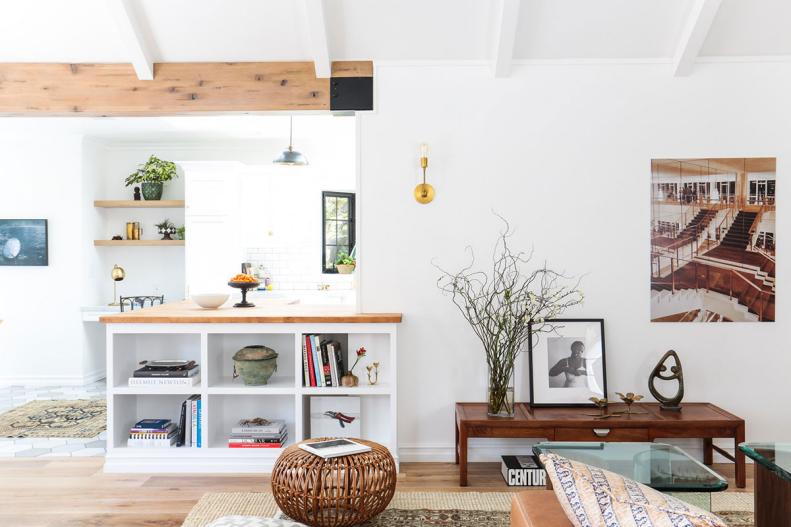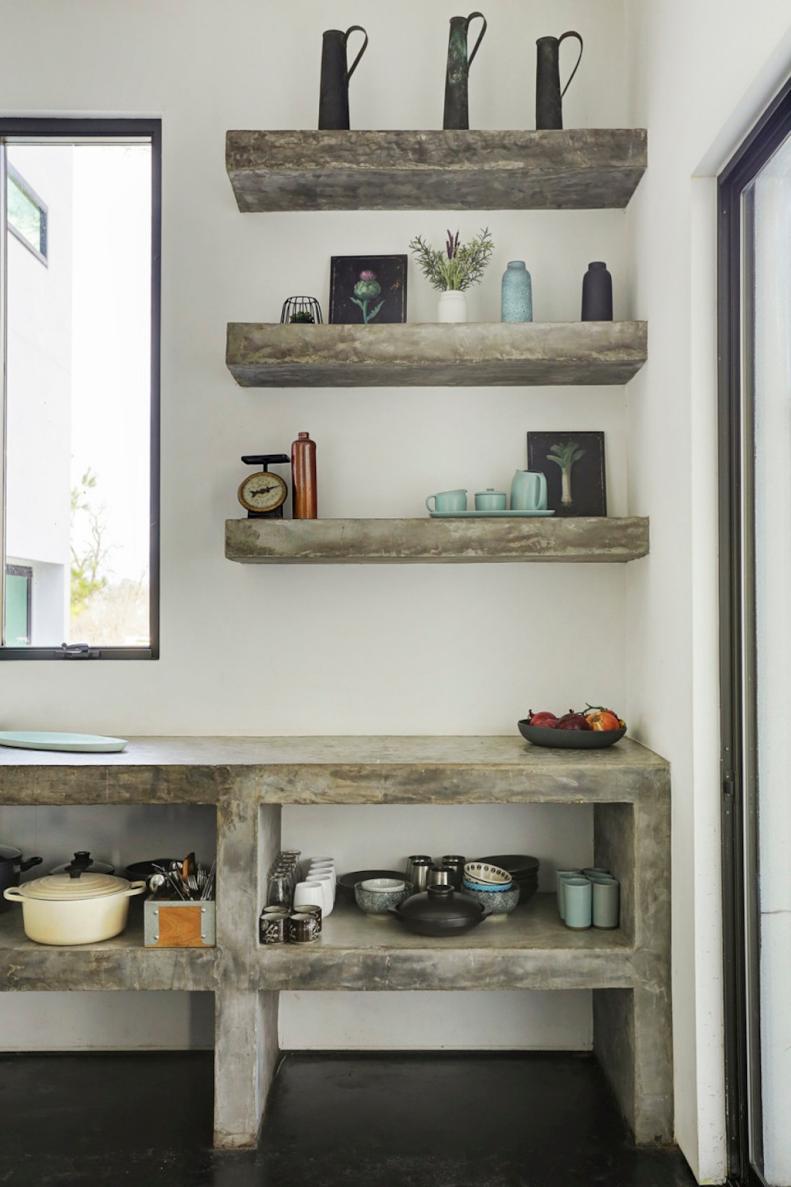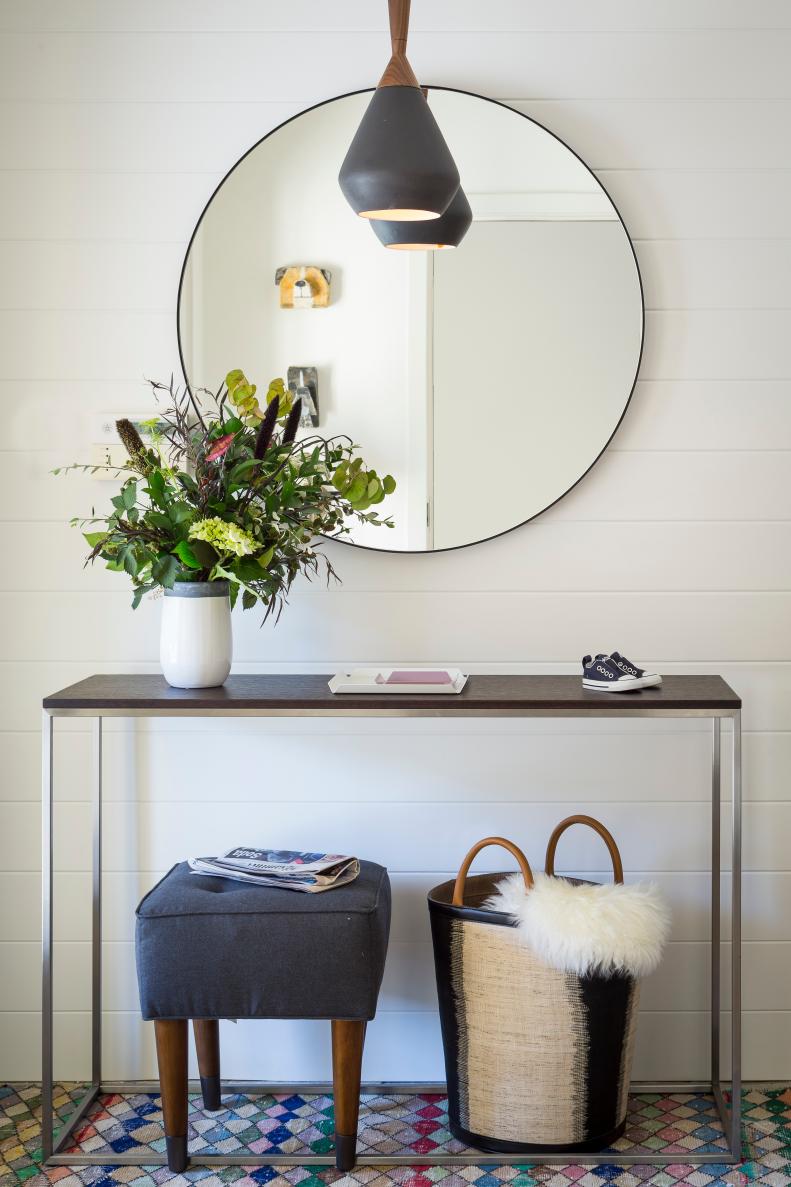1 / 10
Photo: Tessa Neudstadt.
From:
Stefani Stein.
What Is Wabi-Sabi?
By definition, wabi-sabi doesn't necessarily have a design connection. It's an ancient Japanese framework rooted in Zen Buddhism that celebrates the imperfect beauty of nature, with all of its natural flaws and blemishes. When embracing the wabi-sabi approach in your home, you can finally ditch your endless pursuit of the perfect vignette or sexiest shelfie. Wabi-sabi design means saying yes to imperfection, natural objects, texture and unique materials.









